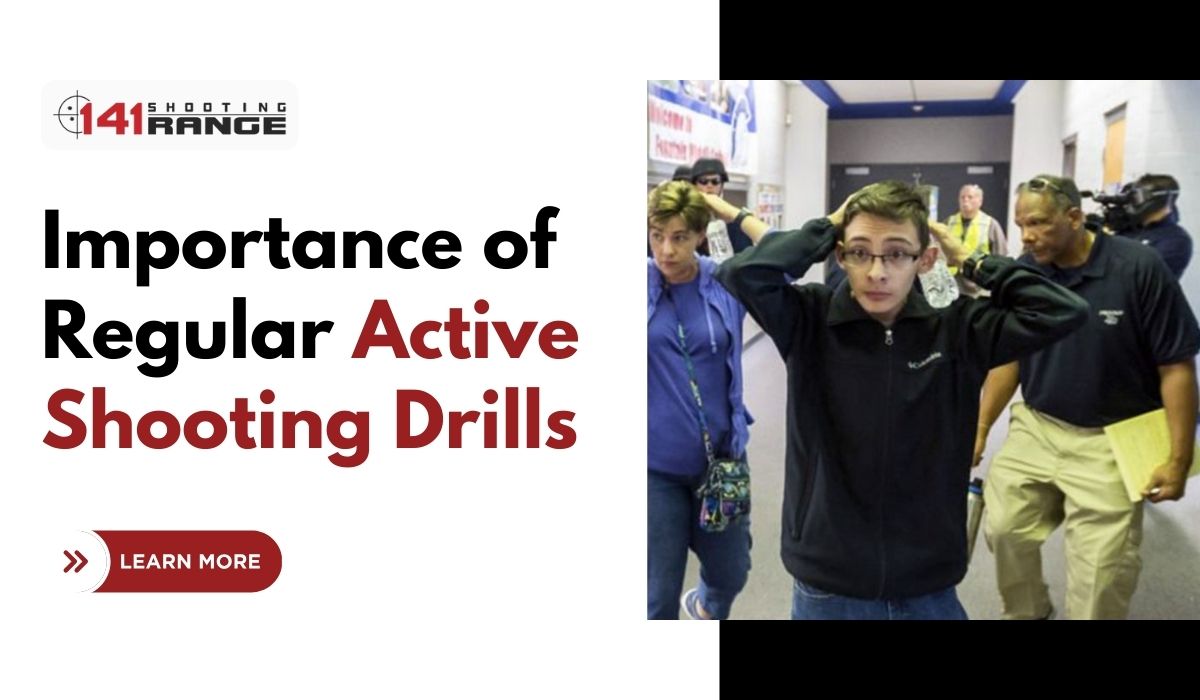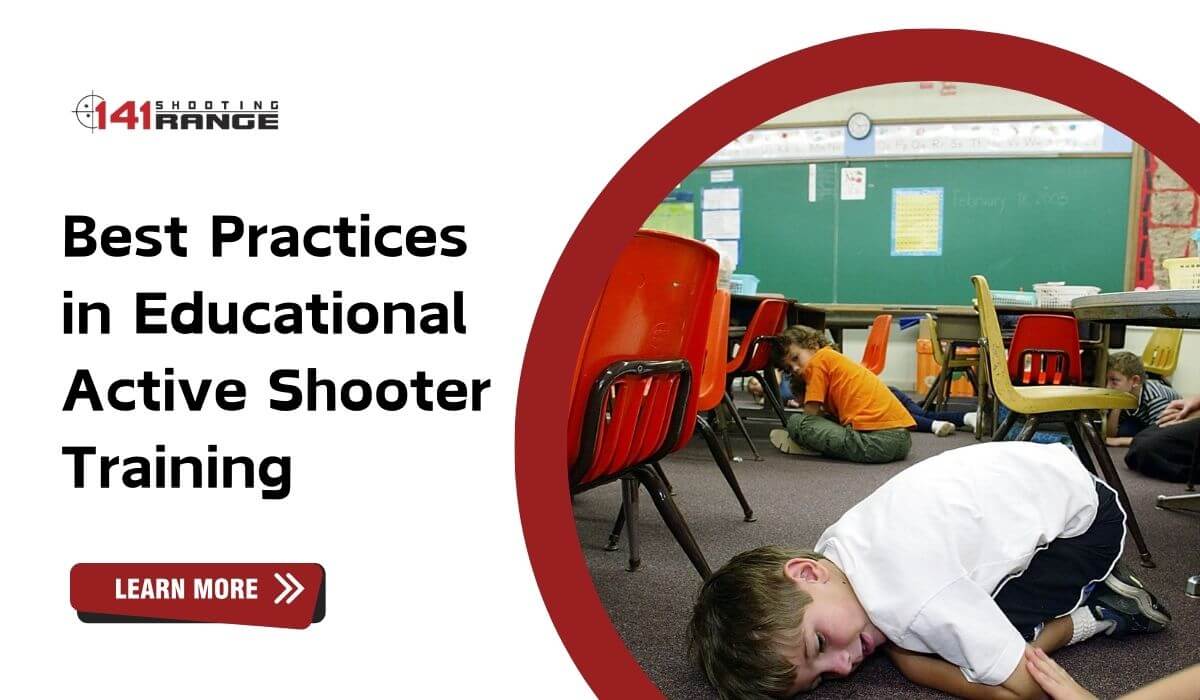Performing Cardiopulmonary Resuscitation (CPR) can save a person’s life when their heart stops beating. It entails rescue breathing to supply the body’s vital oxygen and chest compressions to keep blood flowing.
As a bridge until expert medical assistance arrives, cardiopulmonary resuscitation (CPR) dramatically increases the chances of survival during cardiac crises.
In contrast, Basic Life Support (BLS) covers more than only cardiopulmonary resuscitation (CPR) and includes a broader range of abilities vital for keeping people alive in critical situations.
AED use, artificial breathing, and airway assessment and securing are essential to basic life support (BLS). It is the bedrock support system for people dealing with various medical emergencies, not just heart attacks.
Importance of BLS & CPR Training:
Basic life support (BLS) and cardiopulmonary resuscitation (CPR) are lifesaving abilities that go beyond the realm of work. These also demonstrate the need to respond quickly in life-threatening situations. Whether it’s a sudden cardiac arrest, a choking event, or respiratory distress, such trainings provide people with the knowledge and confidence to respond properly. These trainings also emphasize our joint responsibility to safeguard our communities.
Here are some of the points that can elaborate on the importance of these trainings:
Immediate Response in Cardiac Arrest:
Whenever a person experiences a cardiac arrest, BLS and CPR are capable of rescuing them from the situation and ensuring that vital organs receive blood flow until professional help arrives, which gives them the best chance of surviving.
Brain Protection:
Emergencies, such as sudden cardiac arrests, require continuous oxygenation of the brain to prevent irreversible brain damage. Cardiopulmonary resuscitation (CPR) is a lifesaving technique that can provide oxygen to the brain and prevent further damage. A person should receive CPR immediately after an emergency and continue it until medical help arrives.
Enhanced Survival Rates:
There is a significant increase in survival rates among individuals who receive prompt BLS and CPR interventions, emphasizing the vital role that these techniques play in the chain of survival after an accident or illness. Without prompt intervention, victims may not receive the necessary oxygen and blood flow to their vital organs, leading to death. As such, individuals need to receive proper training in BLS and CPR to ensure they can respond quickly and effectively in an emergency.
Universal Applicability:
BLS and CPR are not limited to healthcare professionals. Regardless of age or background, anyone can learn and apply these skills, making them universally accessible tools for lifesaving.
Community Empowerment:
Training in BLS and CPR empowers communities, turning bystanders into potential first responders. This collective knowledge fosters a safer and more resilient society.

Prevention of Secondary Injuries:
Properly administered BLS and CPR help prevent secondary injuries by stabilizing a person’s condition and minimizing the risk of complications, reinforcing the importance of immediate intervention.
Versatility in Emergency Situations:
BLS encompasses broader skills beyond CPR, addressing various medical emergencies. BLS equips individuals to respond effectively to diverse crises from choking incidents to respiratory distress.
Time-Critical Nature:
Every second counts during emergencies. BLS and CPR, being time-sensitive interventions, underscore the need for swift and decisive action to maximize the chances of a positive outcome.
Confidence Building:
Knowing BLS and CPR instils confidence in individuals, enabling them to act decisively in high-pressure situations. This confidence is a crucial factor in promptly initiating lifesaving measures.
Specialization regarding BLS & CPR:
Basic Life Support (BLS) and Cardiopulmonary Resuscitation (CPR) training at 141 Shooting Range provides clients with effective responses to life-threatening situations. Our world-class educators use innovative, interactive pedagogies that go beyond the classroom to help their students learn.
141 Shooting Range provides practical applications and real-life scenarios that teach basic life support and cardiopulmonary resuscitation. Our commitment to first-rate instruction extends beyond the classroom to prepare students for real-life crises.
Come and join us at 141 Shooting Range as we teach and learn lifesaving techniques with accuracy and competence. We are here to help you get ready.
Conclusion:
When it comes to emergency response, knowing how to administer cardiopulmonary resuscitation (CPR) and basic life support (BLS) is crucial. As we’ve dug further into these lifesaving practices, their significance has become more apparent: they are more than mere abilities; they are instruments that can separate life from certain catastrophes. People become essential cogs in the survival machine when they learn basic life support skills like CPR & BLS.
Frequently Asked Questions:
CPR (Cardiopulmonary Resuscitation) training is a lifesaving technique. It involves chest compressions and rescue breaths to sustain blood circulation during cardiac emergencies.
BLS stands for Basic Life Support. It encompasses broader skills beyond CPR, which is crucial for responding to various medical emergencies.
In cardiac arrests, CPR can significantly increase survival chances by maintaining oxygen supply to the brain and other organs.
The training involves:
- Practicing hand-to-hand skills like chest compressions.
- Rescue breathing.
- Using an automated external defibrillator (AED).
Everyone should learn CPR and BLS since they are universally applicable and useful in an emergency.
There is no limitation to who can take CPR training; it is designed for people of all backgrounds.
BLS training aims to equip individuals with lifesaving skills that extend beyond CPR to deal with a wide range of emergencies.
Communities benefit from CPR and BLS training because individuals become immediate responders, fostering collective preparedness that can save lives during critical times.








